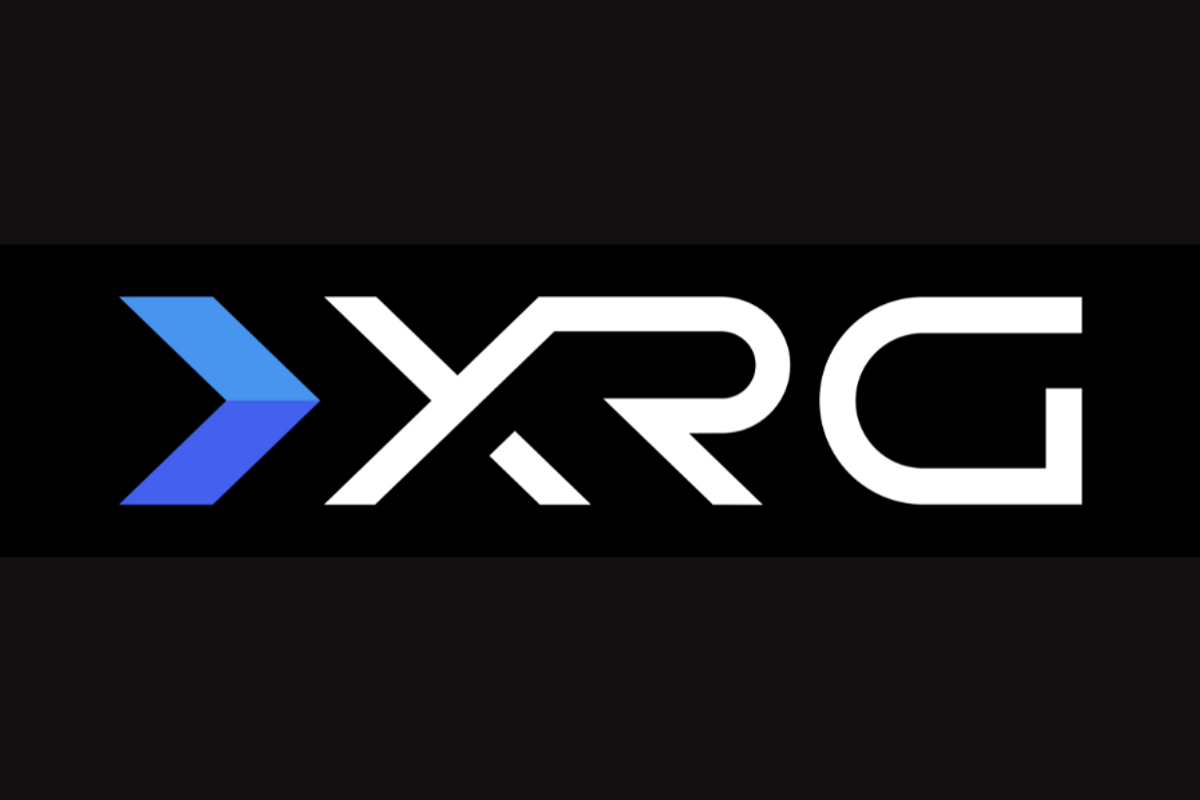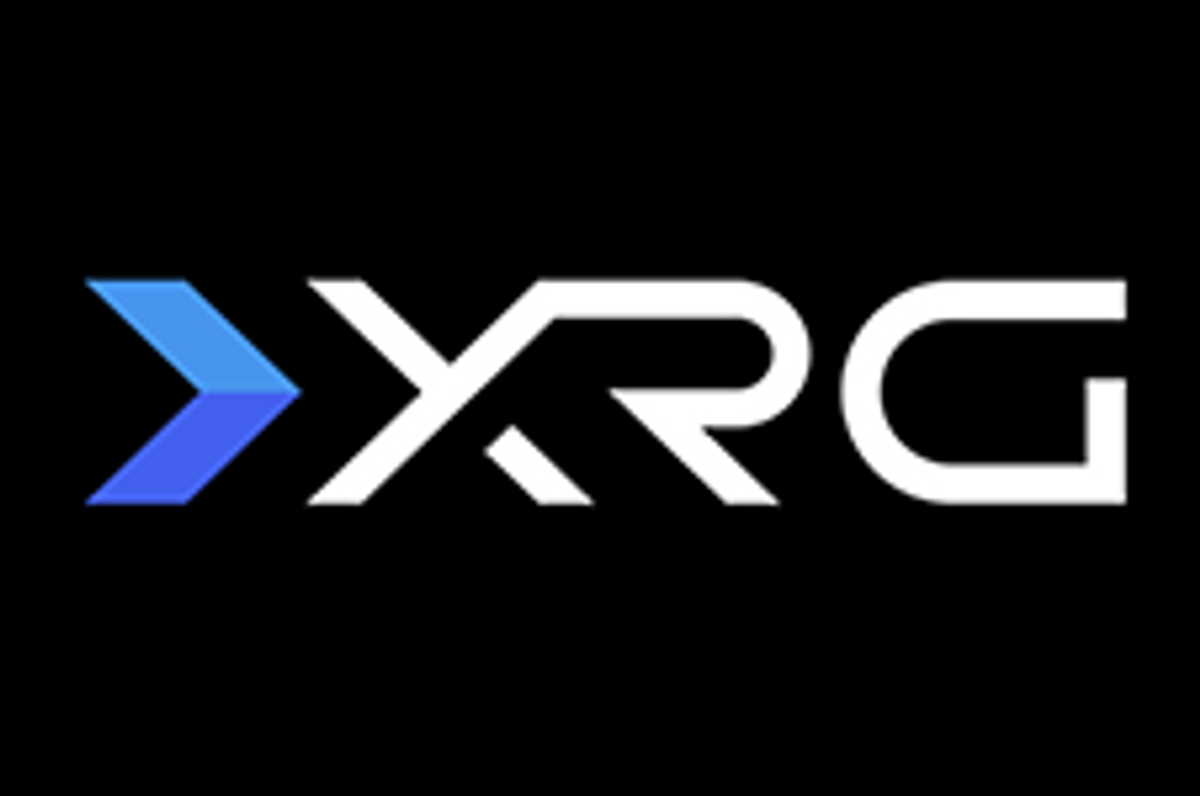
February 19, 2024
xReality Group Limited (ASX:XRG) is pleased to announce that it has formalised a partnership with a key technology partner in Mexico for the distribution of Operator XR’s VR technology for Law Enforcement and Military markets.
Tecnología en Sistemas de Apoyo SA (TSA) are a trusted provider to State Police and Judicial agencies across Mexico, having successfully designed, built and implemented the standard judicial recording system used across the majority of Mexican states. Founded in 1999, TSA is a skilled technology services company, trusted by Mexico state agencies, and offers Operator XR access into key Law Enforcement Agencies across Mexico.
Mexico Law Enforcement consists of 2 Federal, 31 State and over 1800 Municipal Agencies, that also encompass Military units performing a Law Enforcement function, including the Mexican National Guard. In total there are approximately 500,000 police officers across the country. Operator XR and TSA have together identified a business development pipeline in 2024, giving rise to the formalisation of this partnership.
Operator XR’s Law Enforcement Training Simulators allow Police and Law Enforcement agencies to train operational tactics and procedures using a highly portable, easy to use and incredibly realistic Virtual Reality system that does not require internet, is highly secure and easily configurable.
Virtual Reality based training with Operator XR technology offers a low cost, and lower risk alternative to traditional training approaches, reducing demand on staffing resources. The technology increases trainee throughput and allows higher levels of training repeatability, with simpler and easier access to training at any time, in any location.
Wayne Jones, CEO, XRG, said “Following significant interest in Operator XR from numerous Mexican law enforcement agencies and military, we are excited to announce the growth of our distribution network through local market leader TSA, enabling the supply and support of Operator XR on the ground in Mexico.”
Click here for the full Press Release
This article includes content from Xreality Group Limited, licensed for the purpose of publishing on Investing News Australia. This article does not constitute financial product advice. It is your responsibility to perform proper due diligence before acting upon any information provided here. Please refer to our full disclaimer here.
XRG:AU
The Conversation (0)
03 July 2024
XReality Group
Focused on XR products for law enforcement, defence, entertainment and enterprise markets
Focused on XR products for law enforcement, defence, entertainment and enterprise markets Keep Reading...
Latest News
Latest Press Releases
Related News
TOP STOCKS
American Battery4.030.24
Aion Therapeutic0.10-0.01
Cybin Corp2.140.00
